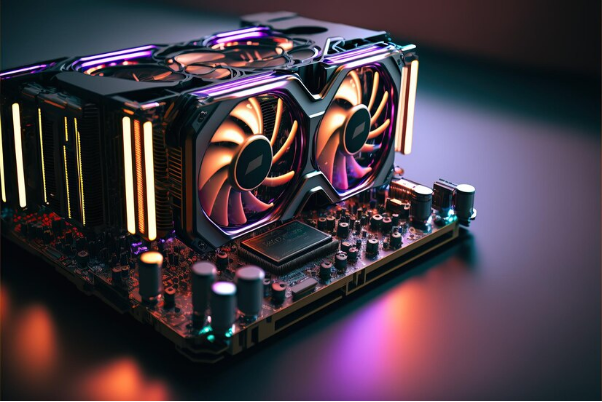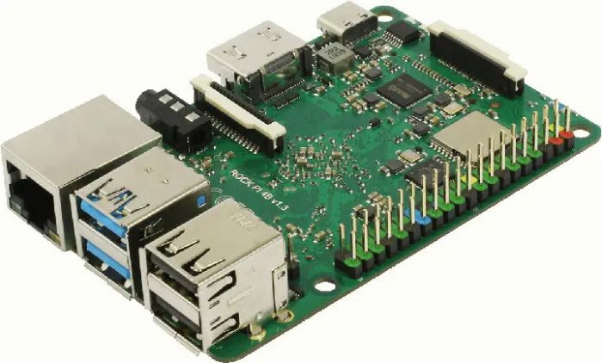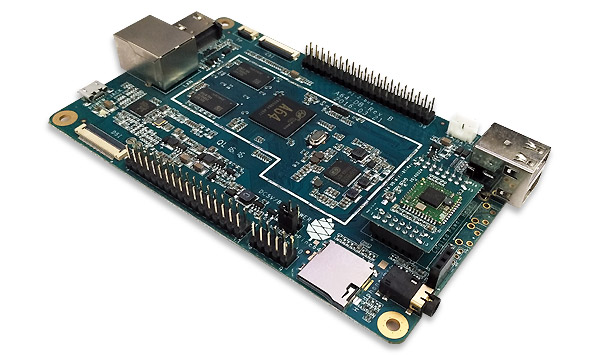
Support Team
Feedback:
support@nextpcb.comThe Raspberry Pi came out in 2012 and quickly became the go-to small computer because it was so cheap and easy to get. Even their basic models were under $50 bucks, opening up the world of tinkering and coding to all kinds of people. But over the years, other companies started making their own single-board computers (SBCs) to compete with the Pi. This article checks out some really cool alternatives that offer different features at various price points - some similar to the Pi and others that take things to the next level beyond your basic mini PC.
The Odroid board series from Hardkernel is one of the closest rivals for the Raspberry Pi. Beginning with the first Odroid-C1 in 2012, Hardkernel has since delivered different Odroid sheets with changing specs at comparative price tags to the Raspberry Pi. Some of the key Odroid models include:

As a rule, Odroid sheets mean to offer preferred value for the money over Raspberry Pis as far as crude handling influence at comparative costs. Their support community is also quite active. Overall they make for a solid alternative choice for more demanding projects beyond basic usages.
The Rock Pi series from Radxa is another prominent competitor in the SBC space. Models in the Rock Pi lineup include:

Overall the Rock Pi boards offer close Raspberry Pi parity in terms of features while undercutting Pi prices slightly in many cases. They also add some unique capabilities like native PCIe on the Rock Pi 4 model. Rock Pi provides an appealing mix of performance and value.
Operating outside the constraints of being a Raspberry Pi Clone is hardware startup Pine64. Known for open hardware initiatives like the PinePhone, Pine64 offers three primary single board computers:

While Pine64 products lie outside the low-cost SBC realm of the Raspberry Pi, they demonstrate interesting open hardware concepts through unique devices at value prices. Pine64 is less of a direct competitor but provides additional creative computing options beyond basic single board formulas.
Chinese manufacturer AMLogic is very active in the SBC space through boards sold under various brands. One popular line is the Banana Pi series, including:
Banana Pi boards maintain close feature parity with Raspberry Pis while sometimes offering slightly better processing specs. The BPI-M5 in particular may exceed Pi capabilities at similar pricing depending on configuration. Banana Pi is a safe alternative choice when a drop-in Pi replacement is needed.
LattePanda
Rather than strictly clones, the LattePanda series from AAEON offers Windows-centric takes on single board computers. Models include:

LattePanda boards introduce x86 architectures into the SBC space while retaining single board formats. They offer familiar Windows environments rather than Linux for those migrating from other platforms. Performance can comfortably exceed Raspberry Pi levels.
Asus made the Handyman Board as a Raspberry Pi elective zeroed in on modern purposes as opposed to buyer/specialist markets. Models currently include:

Both Tinker Boards feature Gigabit Ethernet, eMMC storage, and 40-pin headers for custom expansions. Power user software like Gentoo Linux is supported alongside Debian/Ubuntu distributions.
While not as versatile as Raspberry Pis, Tinker Boards fill a niche delivering full-fledged Debian desktop experiences for industrial/commercial applications. Their hardware enabled specialized use cases beyond the typical maker space.
Free Components Worldwide Shipping
Smaller SBCs also abound. The entry-level Rock from Radxa matches the Raspberry Pi Zero form factor and provides similar specs including a single-core CPU and 512MB RAM all for only $10.
Alternatively, the Radxa Zero ups the ante with a quad-core Cortex-A53 chip and 1GB of RAM for $15. Both boards pack full connectivity including HDMI/USB in tiny packages ideal for ultra-compact projects.
They prove capable low-cost boards exist beyond Pi Zeros and represent good choices for basic use cases where size is critical over raw power. Many projects can be realized on such small boards marvelously.
Many other players have launched various alternatives over the years as well including:
Overall, the Raspberry Pi ecosystem remains very active and competitive. Many competing boards provide different tradeoffs between size, power, connectivity options and operating capabilities beyond basic Linux builds and media playback functionality. There truly is something for every type of project at many price points beyond the classic Raspberry Pi. Competition fosters further innovation across devices and form factors.
When considering alternatives beyond the Raspberry Pi there are a few key factors to weigh:
Picking an alternative aligning with performance needs, software requirements, physical constraints and budget will help identify the right single board computer beyond a basic Raspberry Pi for any given project.
Hardware Specifications - Determine requirements for CPU, RAM, storage space, connectivity ports, etc. Options vary in processing power from basic single-core boards up to high-end options that can rival low-power desktop PCs.
Expandability - Check expansion interface options like PCIe, M.2, headers for sensors, etc. Some boards are more hackable depending on built-in interfaces.
Power Requirements - Boards have different power draw depending on specs. Consider power supply needs and if the board can run from batteries. May impact form factor.
Thermals - High-power boards can generate more heat during intensive use. Factors like heatsinks, ventilation and thermal throttling impact prolonged operation.
Community Support - Larger player boards tend to have bigger online communities. Easier to find tutorials, help forums and software support from larger fanbases.
Compatibility - Check software, OS, driver availability to ensure smooth operation. Some boards are Linux only while others support additional operating systems.
Durability - Industrial boards emphasize ruggedness over hobbyist boards. Consider durability needs of intended uses and environments.
Resale Value - More common boards retain value better for reselling later if needed. Obscure boards may be hard to offload.
These additional points help fully scope needs to determine the most suitable alternative beyond a basic Raspberry Pi single board computer. Balancing specifications and practical considerations lead to the best fit.
Highlight interesting projects community members have built using different SBC options to illustrate capabilities and inspire ideas.
In conclusion, while the Raspberry Pi remains a top-selling single board computer known worldwide, it is no longer the only game in town. Manufacturers both large and small have introduced numerous competitive boards that expand the capabilities and use cases for these miniature computers. From higher performance options to niche windows-based offerings to tiny boards optimized for size, there are viable Raspberry Pi alternatives for virtually any computing project need.
The ecosystem remains vibrant as alternatives innovate and push each other forward. While Pi popularity ensures ongoing robust community support, other boards have followings of their own with dedicated developer work bridging gaps. Choosing an alternative requires evaluating specifications, software support, physical attributes and individual budgets to determine the best fit. But whether Raspberry Pi or another board, these compelling devices continue lowering barriers to learning, building and creating for enthusiastic makers everywhere.
This brings our examination of some of the top competing boards to the Raspberry Pi to a close. I hope this overview provided useful insights and considerations for finding options beyond the classic mini computer. Please let me know if any part of the article requires further expansion or clarification.
- How to Get Started With Raspberry Pi
- Raspberry Pi 4 vs Raspberry Pi 3B+
- Free Worldwide Shipping on Over 600,000 Electronics Components with HQ Online
- Free PCB Assembly Offer is Now Live: Experience Reliable PCB Assembly from HQ NextPCB
- HQ NextPCB Introduces New PCB Gerber Viewer: HQDFM Online Lite Edition
Still, need help? Contact Us: support@nextpcb.com
Need a PCB or PCBA quote? Quote now
|
Dimensions: (mm) |
|
|
Quantity: (pcs) |
|
|
Layers: 2 |
Thickness: 1.6 mm |
|
|
|